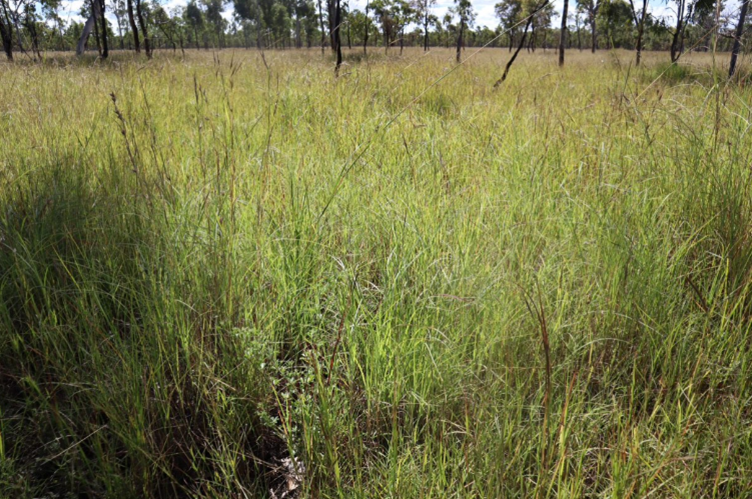Give it a rest - how spelling pastures can lead to a more diverse feedbase
Charters Towers producers Damien and Fran Lyons are exploring opportunities to enhance their beef operation through a healthier, more diverse feedbase.
The system they’re working towards involves shifting animals around paddocks according to pasture growth rates and rest periods, rather than continuously grazing livestock across all of their land.
Through spelling and rest periods, they’re creating resilience in their feedbase, giving desirable plants a chance to build up root reserves and set seed, and allowing new plants to establish.
The end goal will be for the Lyons to manage a 90-day rest period for paddocks in the dry season, and carefully manage rest periods in the wet season according to pasture growth rates.
“We’ve gone from having animals on 100% of the property to having them on about 25% of our land at any one time,” Fran said.
“We’re currently managing a rest period of between 30–60 days, with the end goal of 90 days rest at a time once we have the infrastructure in place to support this.”
Bringing back pasture diversity
Damien and Fran believe the real benefit of their strategy is that it encourages the most palatable and productive pasture species, that support the greatest livestock production, to regenerate.
“Within any grazing system, the most palatable plants are the ones that get eaten all the time. If these plants are being grazed when they are trying to grow during the wet season, you’re going to rapidly deplete their root reserves,” Fran said.
“If you don’t give these pastures a rest, these highly desirable plants die and the space ends up being overtaken by species that support markedly lower animal production. This is what’s happened historically in a lot of grazing systems.
“If there’s still seed available, grazing systems that provide rest encourage the more productive plants back into your pasture to rejuvenate and make up larger proportions of the available forage.”
Other benefits include:
- Pastures left in better condition in the dry season respond more quickly when the wet season arrives.
- A more sustainable feedbase to respond to climate variability.
- Increased livestock weight gains through more productive pastures.
- Increased ground cover, which reduces run-off, improving pasture growth.
Implementing the system
Damien and Fran believe the most important element of the system is to match carrying capacity to stocking rate by completing a pasture budget – i.e. calculating how many head of stock your enterprise can support each season.
“This is very important as in northern Australia, depending on rainfall timing and amount, we grow a variable amount of pasture each year,” Fran said.
“Right after the wet season, when you know you aren’t going to get anymore growth, you need to go into the paddock and estimate available pasture.
“If you find out you can only support 2,000 cattle, yet you’re carrying 3,000, it’s time to get rid of some.
“Alternatively, if you realise that you actually have the pasture to support more cattle than what you’re carrying, you can consider options like agistment or buying more stock.
Once producers understand what their carrying capacity is for the upcoming dry season, they can plan livestock rotations to ensure paddocks are rested for an adequate amount of time.
Another essential aspect of implementing a rotational grazing system is ensuring you have enough paddocks to support your mobs, while still allowing the other paddocks to rest for 90 days at a time.
“The number of paddocks you need is going to be dependent on how many mobs you want to run,” Fran said.
“A simple example of this system is having four paddocks per mob. If you graze each of those paddocks for 30 days, then the other three will have had 90 days rest by the time you need to graze them again.”
Learn what’s best for you
Fran encourages producers to seek training and peer support to determine how they can enhance their grazing systems.
A speaker at a recent BeefUp forum in Charters Towers, Fran said events such as these are a great way to learn from others in the industry.
“There are many training and education options available nowadays, so seek feedback from other producers as to what they found useful,” Fran said.
“I got involved in BeefUp because I wanted to share what I’ve learned about a system that has worked so well for us.
“These forums are a fantastic way to hear from producers about their problems and what solutions they have found, and also to access all the new and exciting research that’s going to be regionally relevant for them.”
| Lessons learned |
- Strategically resting paddocks allows most desirable species time to regenerate - Aim to rest pastures in both the wet and the dry season - Pasture budget at the end of the wet season and match carrying capacity (feed available) to stocking rate |


 Damien and Fran believe the real benefit of their strategy is that it encourages the most palatable and productive pasture species, that support the greatest livestock production, to regenerate.
Damien and Fran believe the real benefit of their strategy is that it encourages the most palatable and productive pasture species, that support the greatest livestock production, to regenerate.


